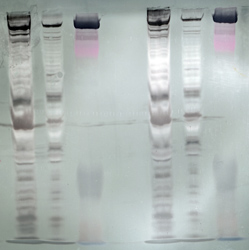Triggering cellular responses for better immunity
Type I interferons (IFNs) make up a network of immune cytokines. These are small cell-signalling protein molecules that trigger various biological responses through a single cell surface receptor. These receptors are made up of the IFNAR1 and IFNAR2 subunits. The 'A system view on the differential activities of human type I interferons' (IFNACTION) project is taking a systems biology approach in its quest to identify the cellular and molecular dynamics at play in translating receptor behaviour into cellular responses. The team is conducting studies with an approach that combines biochemical, biophysical and genetic analyses of signalling outputs. Research shows that on binding of each different member of the IFN family, the differential signals that are activated match a different receptor interaction and conformational dynamics. IFNACTION researchers are now working to discover how this interplay unfolds on the cell plasma membrane and affects the input signals translated within the cell, which then produces a relative response. In order to support this approach, project partners are designing and generating IFN mutants with differential cellular responses and optimised strengths for medical application. The latter is promising in its potential for the development of cancer vaccines. IFNACTION further intends to analyse the protein-protein interaction network that is a part of signal transduction to gain a better understanding of key signalling pathways. In-depth analyses of gene transcription levels will be performed and results used to correlate with cellular responses, while experimental and theoretical studies will be coupled in order to test the validity of proposed models.







